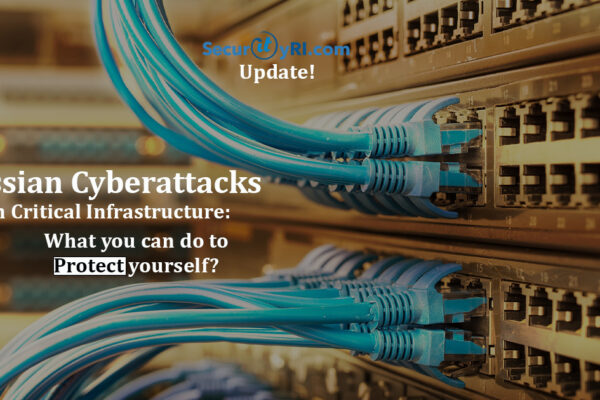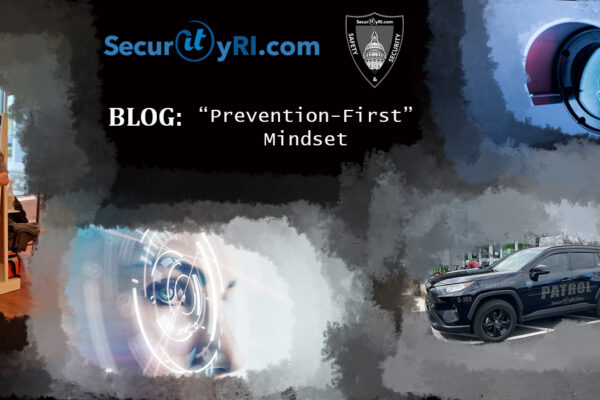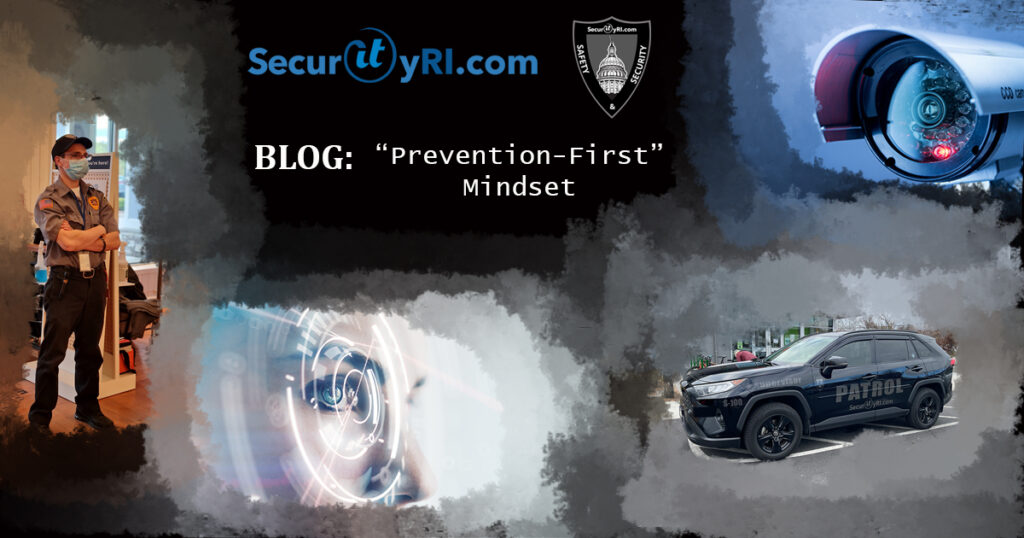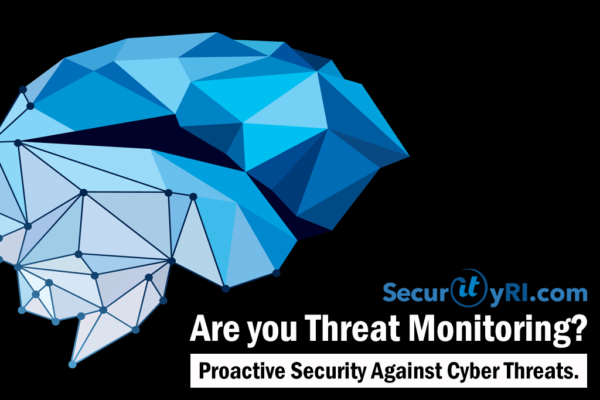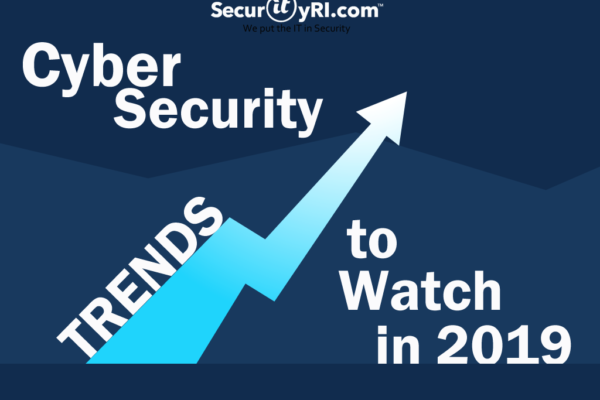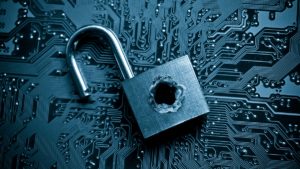Cyber Security
Russian Cyberattacks on Critical Infrastructure: What You Can Do to Protect Yourself
It’s been revealed that Russia is exploring options for potential cyberattacks to target U.S critical infrastructure, including our power grid, water facilities, and even our airports. This is a huge threat, and we need to do everything we can to protect ourselves. The White House is urging private organizations to strengthen their cybersecurity defenses to prevent any future breaches or attacks on our country’s most valuable assets: its people.
If you’re concerned about Russian hackers targeting you specifically, read on for tips on how to protect yourself.
As much of the U.S.’s critical infrastructure is owned and operated by the private sector, the administration is urging private companies to take the following steps immediately to protect the critical services.
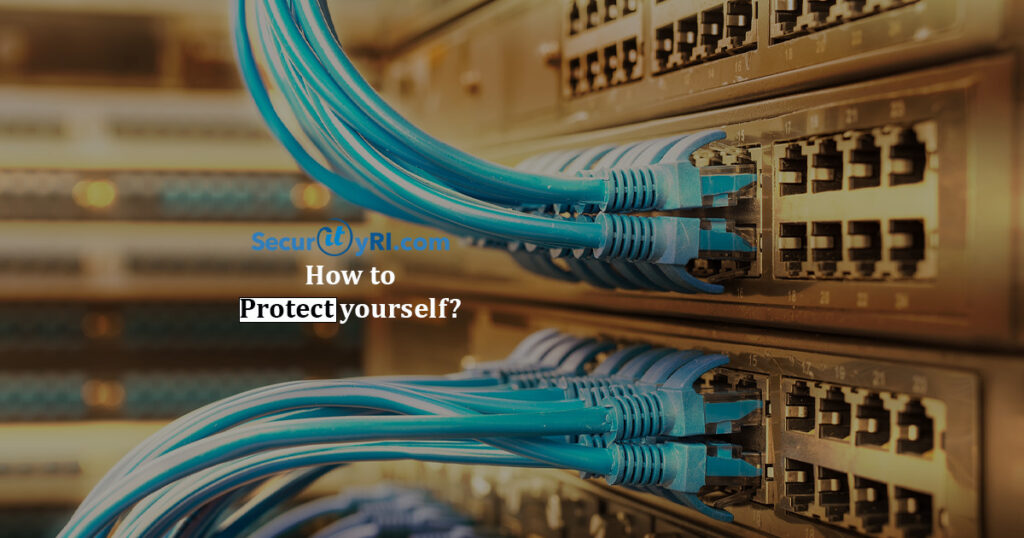
How to Protect your Critical Services?
- Mandate the use of multi-factor authentication on systems to make it harder for attackers to gain access. To do this, deploy modern security tools and check with cybersecurity professionals about patching policies as well as default usernames/passwords across networks so they are useless if hackers attempt any sort of attack or infiltration into your company’s data center where servers reside that store sensitive information such as credit card numbers.
- If you want to be able to protect your data, then offline backups must be done regularly and properly.
- The best way to avoid an emergency situation – is by being prepared, and having a business continuity plan in place. Create exercises that teach you how to respond quickly, practice these responses often so they become second nature when needed most.
- Encrypt data to prevent its use if it is ever stolen.
- Employees need to be aware of common tactics that attackers use when trying to get into your computer or phone. If you’re experiencing any strange behavior such as crashes, slow operation, etc., it would be great to report this information immediately, therefore, your IT / Security company can investigate.
In closing, cyber and security issues will always be on the rise as long as we live in a technology-growth environment. The answer is not to ignore the signs, it’s to create a preventative maintenance plan. Think of your security maintenance as your everyday hygiene. The more you take care of your hygiene, the fewer visits to the doctor, and lowering emergency visits. What we focus on as the input, always becomes the output.
Please be safe, and if you need any assistance – SecurityRI is here to assist!

